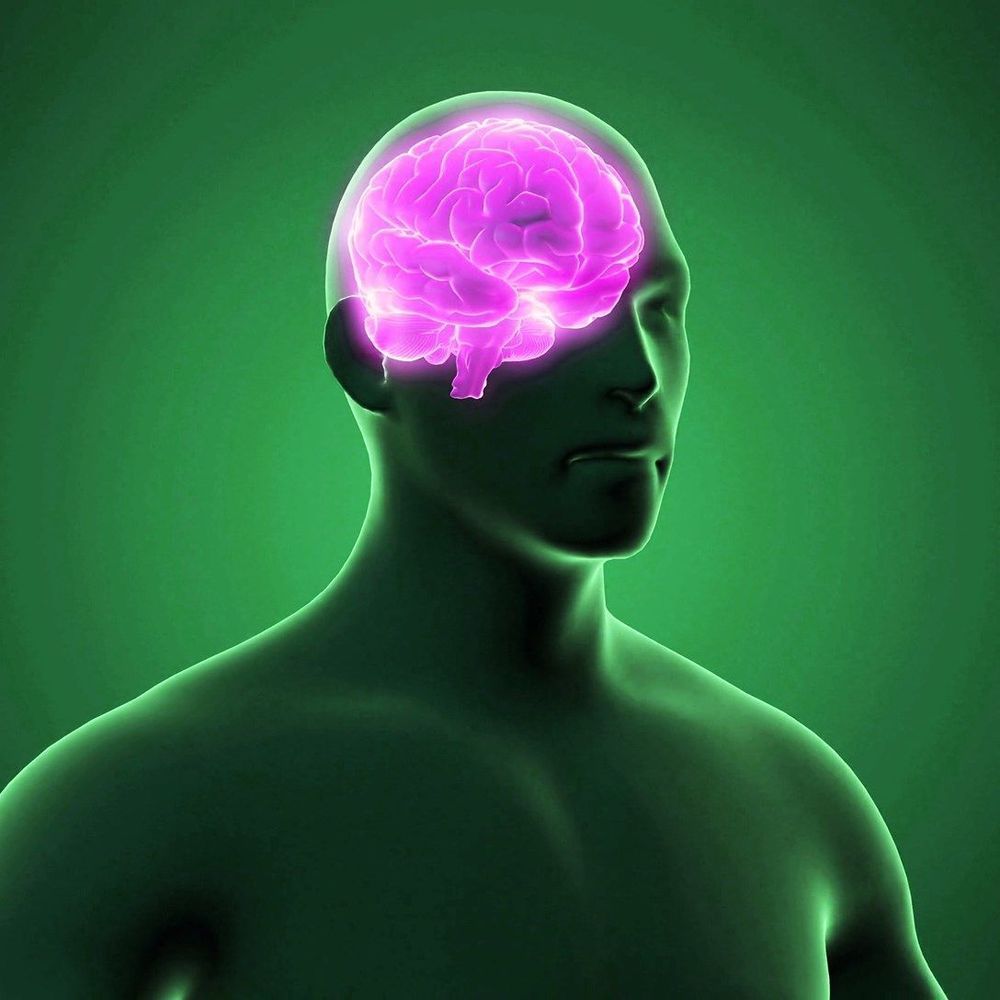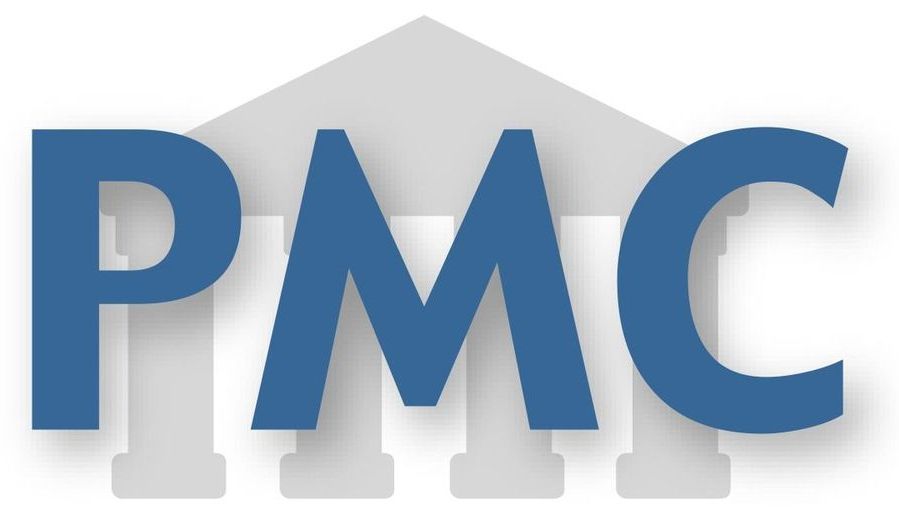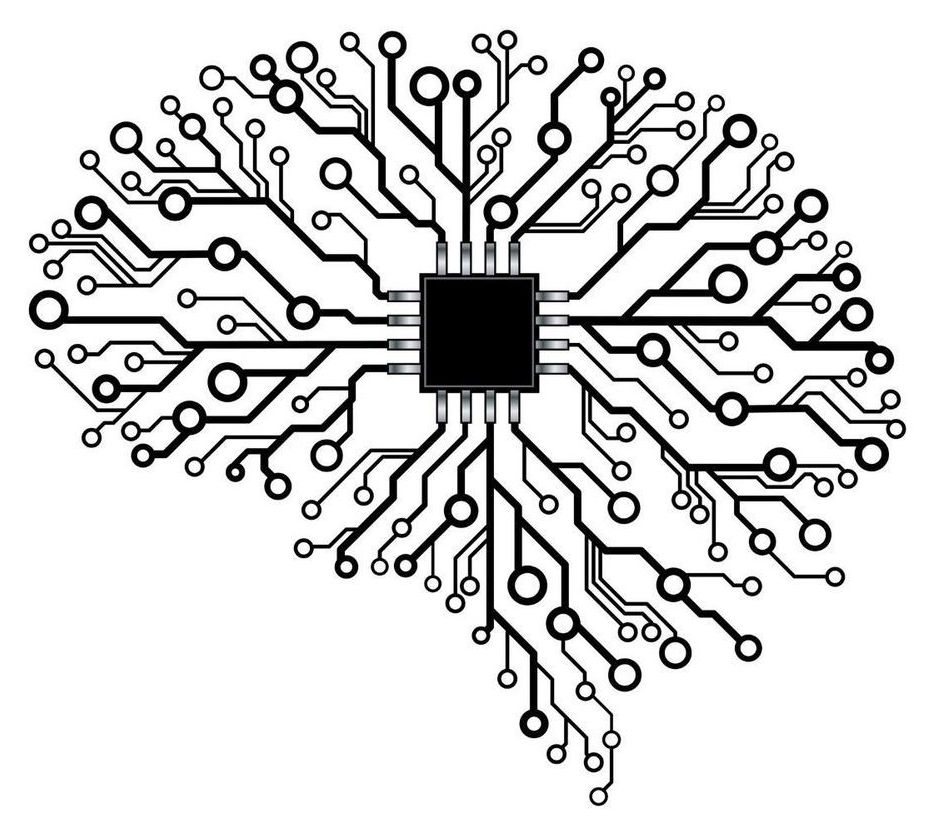Multiple trips to the bathroom at night increase risk of falls and decrease quality sleep. In a recent human study, 64% of men using a nutrient combination experienced a reduction in nighttime overactive bladder.
Archive for the ‘neuroscience’ category: Page 720
Jul 1, 2019
In 15 years we’ll be able to upload education to our brains. So can I stop saving for my kids’ college?
Posted by Zoltan Istvan in categories: biotech/medical, computing, drones, education, neuroscience, transhumanism
I’m super excited to share this new Quartz article of mine, part of an ongoing personal debate about #transhumanism, #kids, and #education in my family:
But the age of downloading experience and expertise directly into our brain mainframe is coming. So is downloading professional training, including everything from becoming a police officer to practicing medicine or investigative journalism.
For many in the audience, I think that was the first time considering this could become a reality in our lifetime.
Jul 1, 2019
Manipulating Brain Waves Could Boost Human Memory
Posted by Paul Battista in category: neuroscience
Jul 1, 2019
Scientists Seek To Discover Why Some Minds Resist The Damage That Comes With Old Age
Posted by Mike Ruban in categories: biotech/medical, life extension, neuroscience
It’s called cognitive reserve, and it’s the phenomenon of the mind’s resistance to damage of the brain. It’s also the subject of not only an upcoming new data and biomedical sample resource, but also a related request for information (RFI) from the NIA and a first-of-its-kind workshop in September.
The push to study cognitive reserve in more depth across the scientific disciplines was born out of recommendations from the Cognitive Aging Summit III. Some 300 researchers attended the summit in Bethesda, Maryland in 2017. Coordinated by the NIA of the National Institutes of Health (NIH) and supported by the McKnight Brain Research Foundation, the summit centered on age-related brain and cognitive changes, with a particular focus on issues related to cognitive resilience and reserve. According to the NIA, investigators from around the world delivered presentations and engaged in discussion “about some of the most important scientific questions relating to the biological, physiological, social and behavioral aspects of reserve and resilience in aging individuals. Attendees also discussed strategies to preserve and bolster cognitive function during aging.”
Jun 30, 2019
Soldiers’ Art: What traumatic brain injury feels like
Posted by Paul Battista in categories: biotech/medical, military, neuroscience
Active-duty military members suffering from PTSD and traumatic brain injuries made these masks in an art therapy group at the National Intrepid Center of Excellence, located at the Walter Reed National Military Medical Center in Bethesda, Md.
This mask was created by an Airman who was exposed to multiple blast injuries in combat while working on a bomb disposal unit, called EOD — Explosive Ordnance Disposal. The mask incorporates the laurels, shield, and lightning bolts of the EOD insignia.
Credit: Chris Albert
Jun 29, 2019
How quantum brain biology can rescue conscious free will
Posted by Richard Christophr Saragoza in categories: biological, computing, information science, neuroscience, quantum physics
Conscious “free will” is problematic because brain mechanisms causing consciousness are unknown, measurable brain activity correlating with conscious perception apparently occurs too late for real-time conscious response, consciousness thus being considered “epiphenomenal illusion,” and determinism, i.e., our actions and the world around us seem algorithmic and inevitable. The Penrose–Hameroff theory of “orchestrated objective reduction (Orch OR)” identifies discrete conscious moments with quantum computations in microtubules inside brain neurons, e.g., 40/s in concert with gamma synchrony EEG. Microtubules organize neuronal interiors and regulate synapses. In Orch OR, microtubule quantum computations occur in integration phases in dendrites and cell bodies of integrate-and-fire brain neurons connected and synchronized by gap junctions, allowing entanglement of microtubules among many neurons. Quantum computations in entangled microtubules terminate by Penrose “objective reduction (OR),” a proposal for quantum state reduction and conscious moments linked to fundamental spacetime geometry. Each OR reduction selects microtubule states which can trigger axonal firings, and control behavior. The quantum computations are “orchestrated” by synaptic inputs and memory (thus “Orch OR”). If correct, Orch OR can account for conscious causal agency, resolving problem 1. Regarding problem 2, Orch OR can cause temporal non-locality, sending quantum information backward in classical time, enabling conscious control of behavior. Three lines of evidence for brain backward time effects are presented. Regarding problem 3, Penrose OR (and Orch OR) invokes non-computable influences from information embedded in spacetime geometry, potentially avoiding algorithmic determinism. In summary, Orch OR can account for real-time conscious causal agency, avoiding the need for consciousness to be seen as epiphenomenal illusion. Orch OR can rescue conscious free will.
Keywords: microtubules, free will, consciousness, Penrose-Hameroff Orch OR, volition, quantum computing, gap junctions, gamma synchrony.
We have the sense of conscious control of our voluntary behaviors, of free will, of our mental processes exerting causal actions in the physical world. But such control is difficult to scientifically explain for three reasons:
Jun 29, 2019
Neuromorphic Hardware: Trying to Put Brain Into Chips
Posted by Paul Battista in categories: computing, neuroscience
Hi all.
Up until now, chip-makers have been piggybacking on the renowned Moore’s Law for delivering successive generations of chips that have more compute capabilities and are less power hungry. Now, these advancements are slowly coming to a halt. Researchers around the world are proposing alternative architectures to continue producing systems which are faster and more energy efficient. This article discusses those alternatives and reasons why one of them might have an edge over others in averting the chip design industry from getting stymied.
Moore’s law, or to put it differently — savior of chip-makers worldwide — was coined by Dr. Gordon Moore, the founder of Intel Corp, in 1965. The law states that the number of transistors on a chip would double every 2 years. But why the savior of chip-makers? This law was so powerful during the semiconductor boom that “people would auto-buy the next latest and greatest computer chip, with full confidence that it would be better than what they’ve got”, said former Intel engineer Robert P. Colwell. Back in the day writing a program with bad performance was not an issue as the programmer knew that Moore’s law would ultimately save him.
Continue reading “Neuromorphic Hardware: Trying to Put Brain Into Chips” »
Jun 29, 2019
What If We Created a Superintelligence?
Posted by Michael Lance in category: neuroscience
Jun 29, 2019
Happy 47th birthday Elon Musk, who has founded/led seven companies since he was 24 years old
Posted by Michael Lance in categories: Elon Musk, neuroscience, space travel, sustainability
Age 45: Boring Co ($113M) Age 45: Neuralink ($27M) Age 44: OpenAI (nonprofit) Age 32: Tesla ($59B) Age 30: SpaceX ($30B) Age 28: PayPal ($1.5B) Age 24: Zip2 ($307M)
Pc: unknown.
Jun 29, 2019
Anti-Alzheimer’s Protein Complex Identified
Posted by Steve Hill in categories: biotech/medical, life extension, neuroscience
A new mouse study highlights the proteins responsible for LC3-associated endocytosis (LANDO), an autophagy process that is involved in degrading β-amyloid, the principal substance associated with Alzheimer’s disease.
Proteostasis
Proteins in the human brain can form misfolded, non-functional, and toxic clumps known as aggregates. Preventing these aggregates from forming, and removing them when they do, is a natural function of the human body, and it is known as proteostasis. However, as we age, this function degrades, and loss of proteostasis is one of the hallmarks of aging. The resulting accumulation of aggregates leads to several deadly diseases, one of which is Alzheimer’s.


















